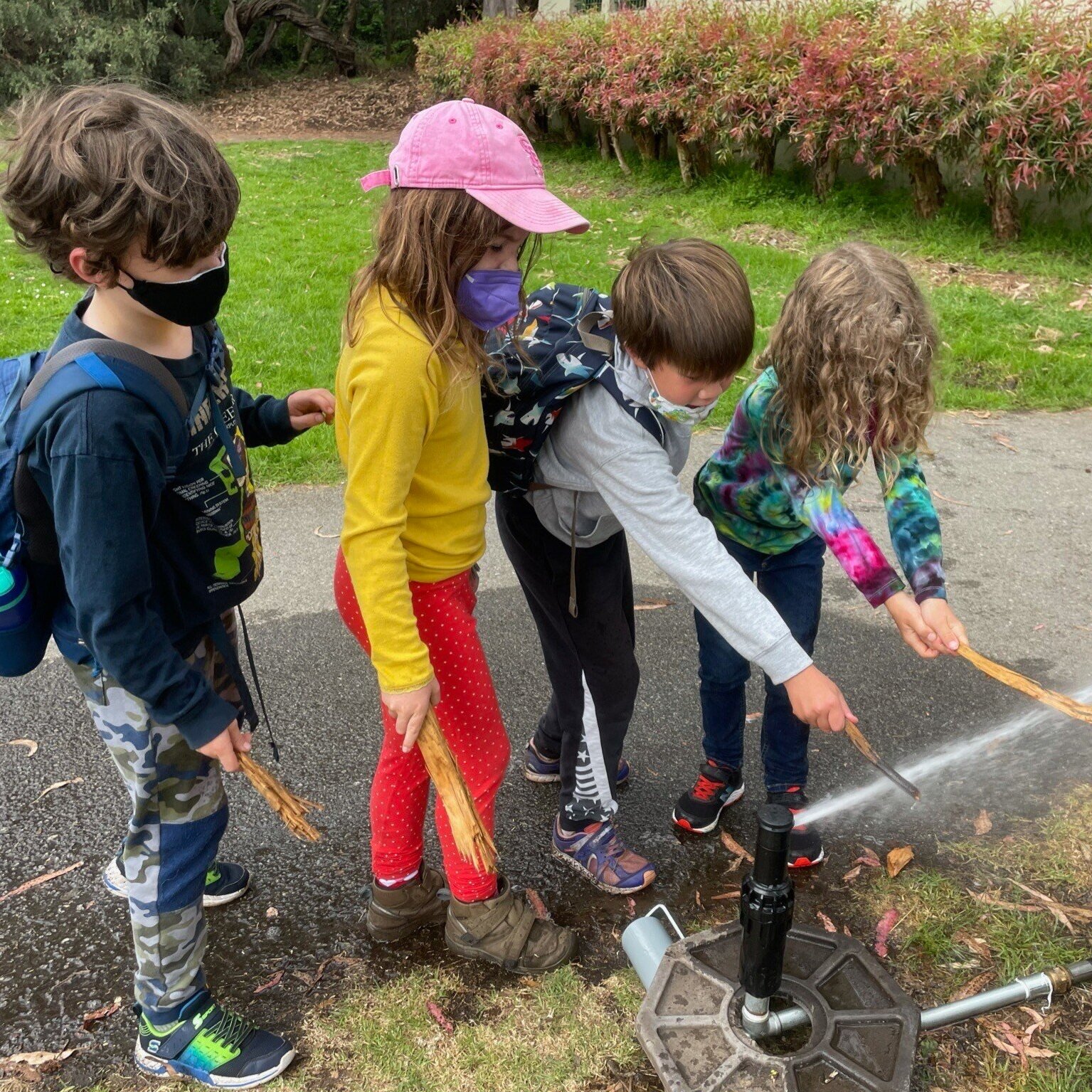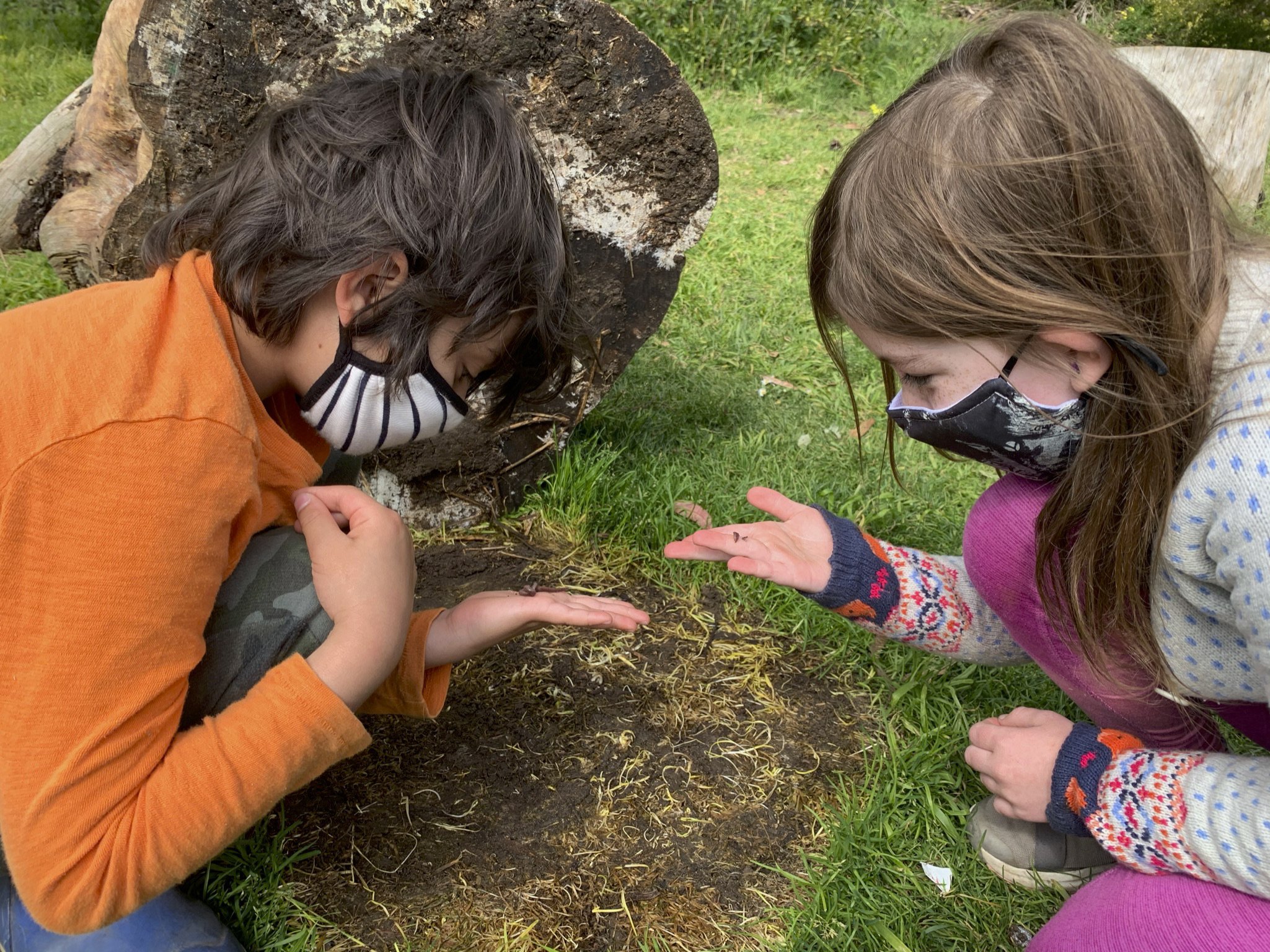Welcome to our Early Elementary Blog
Our Early Elementary Program is a special corner of Brightworks.
It is here that we preserve the joy of exploration, build the foundations of collaborative work, and tie learning and play together so intricately that children see them as one in the same.
Find information about the fundamentals of our early years program and updates for our K-2 families.
Brightworks Philosophy
“Children are competent and when you give them real tools and real problems they can surprise even themselves with what they are capable of. Learning is an innately joyful experience that kids do naturally. We have to stop thinking of ‘school’ or learning as something we do to students but rather think of students as the voracious learners they already are.”
-Mackenzie Price
Our close knit, welcoming community is intentionally designed to encourage students to become active, compassionate and lifelong learners who appreciate a variety of perspectives. The deep respect and compassion in the relationships between learners and educators is palpable and supports students to learn freely and deeply.
At a recent community meeting, Anthony shared how wonderful and unique each student was. He told the whole student body, “and if you want to know how YOU are unique and loved, come to me anytime.”
Brightworks in Action
If you were a fly on the wall in an early elementary classroom, what would you see?
Our educational team plays a dynamic role in facilitating discovery
Collaborators spend their planning time setting up and finding materials for interesting provocations. On the floor they are working as documentarians to record and discuss the play/work the students are doing.
The educational team has deep competency in facilitation
Collaborators take student’s ideas seriously. They are researchers asking questions rather than jumping to conclusions.
Students working together as they play and discover
Students are kind to each other.
Students have the tools to navigate their own conflicts.
Students feel ownership over their own space and learning.
When challenging situations arise, collaborators & students manage them together
Collaborators are using (and modeling) nonviolent language
Collaborators are aware of power language
Collaborators are calm and warm and patient
Together, these elements give kids the opportunity to thrive, feel safe to explore and grow, and tackle challenging problems with confidence. In doing so, they learn about leadership, collaboration and empathy.
What is student agency?
Within a school context, student agency is about shifting the ownership of learning from teachers to students, enabling students to have the understanding, ability, and opportunity to be part of the learning design and to take action to intervene in the learning process, to affect outcomes and become powerful lifelong learners.
We trust that children are instinctual learners, and we honor their leadership and partnership in their educational path.
Each year, Brightworks frames school-wide topics for exploration and encourages children to take on projects they are passionate about, while also fostering the development of a multitude of skills. Students are full partners in their own education, and every child is known and understood by their collaborators and the staff. Collaborators strive to build bonds with the students, challenge them, support them, and create with them so each can find their most beautiful version of themselves.
Student agency is about having the power, combined with choices, to take meaningful action and see the results of your decisions. It can be thought of as a catalyst for change or transformation.
Students have voice, choice and ownership for their own learning.
When students’ have agency, the relationship between the teacher and students becomes a partnership.
Students with a strong sense of self-efficacy bring a stronger sense of agency to the learning community.
The learning community supports agency and fosters self-efficacy.
The alternative is teacher control and an authoritarian system.
How should we explore the world together?
This is the unique perspective educators take at Brightworks. Gever Tulley explains the thinking behind our unique program and how it creates space for student agency and intrinsically motivated learning.
“A lot of the recent neuroscience is showing us that true learning, modification of the neurons in our brain only occurs in failure. And in that sense, it empowers the teacher and the student to try things that would otherwise be a high risk project. What if we get to the end of this thing and have nothing to show for it?
Well, you will have explored a lot of options along the way, covered new territory, grown in new, and for the moment, maybe unpredictable ways… We see them hitting all of the same notes as we see in curriculum — just not necessarily in the same order. And that’s the thing that’s crucial. The order that we learn things is not sacred.”
“ A critical requirement for learning through play is that children must experience agency and be supported rather than directed.
At one end of the spectrum, children are given more agency – the freedom to direct their own activities – and at the other, their play is guided by adults. Learning can happen at each point on the spectrum, but some degree of agency is a critical requirement for children’s engaged and effective learning.
Giving children agency doesn’t mean giving them total freedom, but rather seeing children as active participants in their learning and not passive recipients. In other words, their play should be supported, not directed. The greatest opportunities for flexing their ‘thinking’ muscles come when children are allowed to create and develop though iterations with real-world examples”













